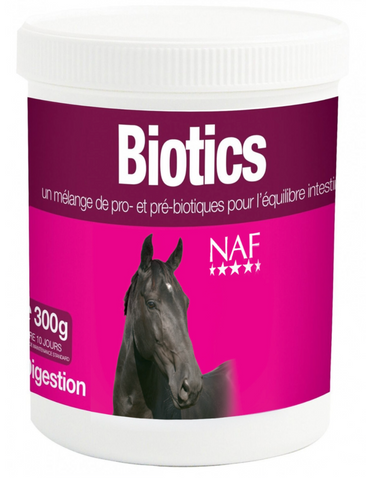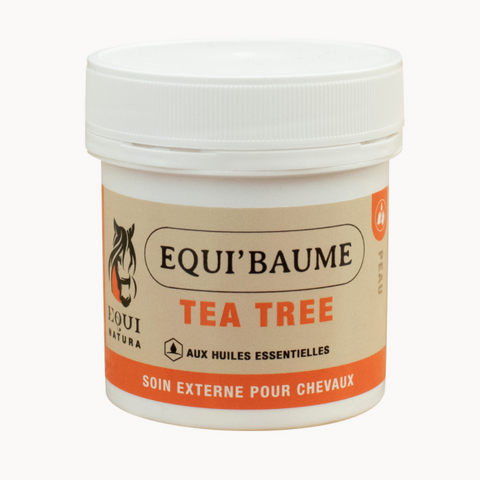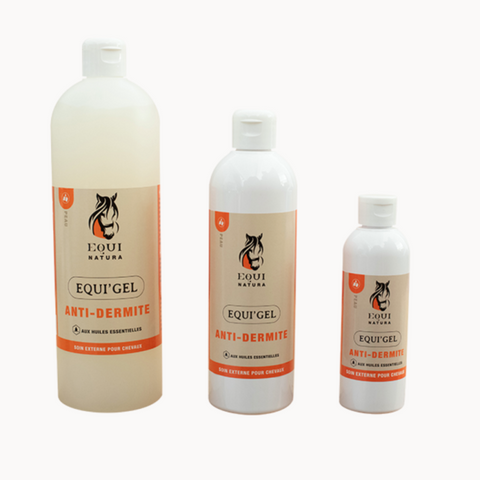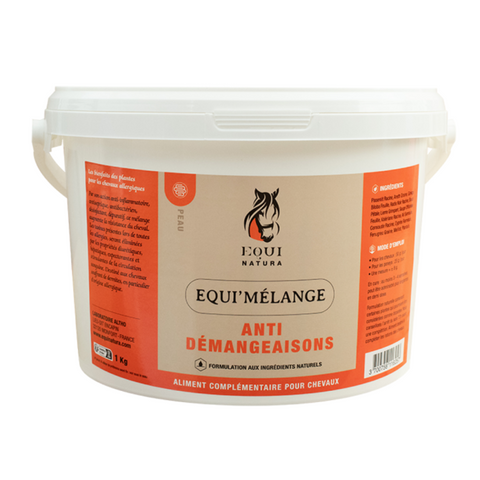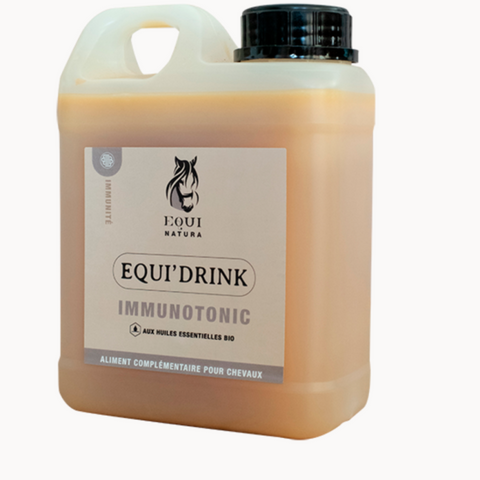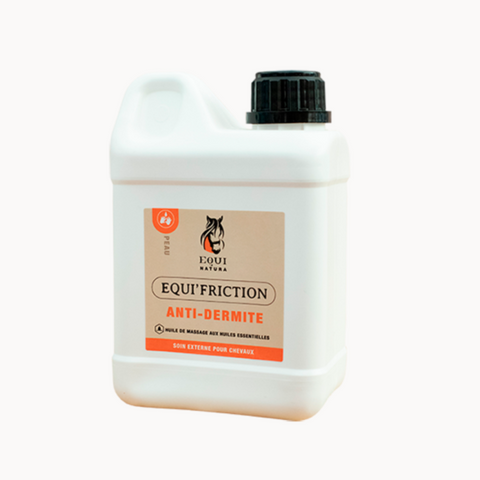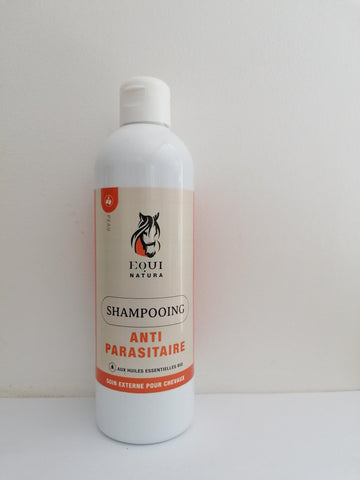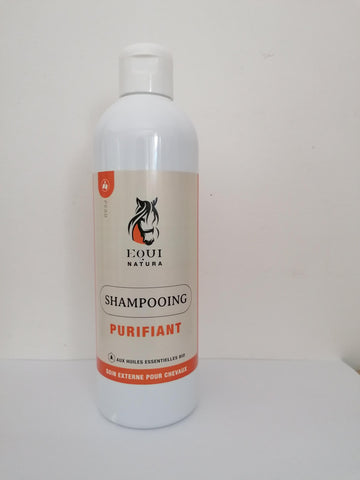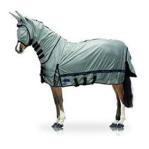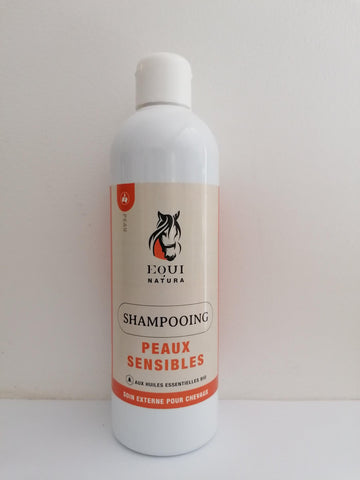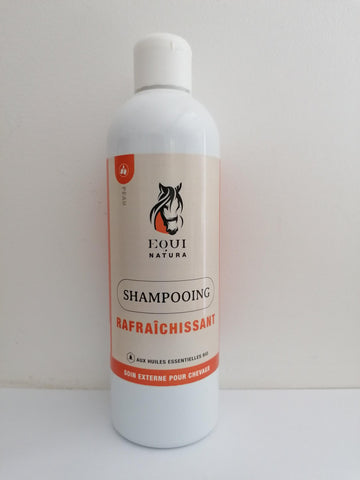The skin: recurrent summer dermatitis

This is a serious irritation causing itching.
The causative agent is a biting insect, a type of mosquito (culicoides), which is active from early spring to late autumn.
The female feeds on the blood to produce her eggs.
The breeding period has two peaks during the year: April-May and September-October. Activity is favored by hot and humid weather, but reduced in windy conditions.
The horse which is hypersensitive to bites, in fact to the saliva of this mosquito, will scratch and lose its hair, more generally the hairs of the mane and the base of the tail. Up close, you can notice small skin bumps from which serum is oozing. At a more advanced stage, the skin becomes wrinkled and flakes.
By scratching, the horse is easily injured, which can lead to a local bacterial infection, often due to staphylococcus.
A horse that has had summer dermatitis once will suffer from recurrences every year.
The allergy can manifest itself as early as the horse's second year.
Causes?
Why does one horse react so violently to culicoid saliva while another will be insensitive to it? Some research tends to prove that the causes, as in any allergic phenomenon, are multiple:
*"internal pollution" of the horse, either caused by 'toxins' due to the use of certain medications, or by the presence of pollutants, pesticides or chemical fertilizers in food, water or air, or by poor assimilation of food due to an imbalance in the intestinal flora, which can result in:
*a drop in immunity, which can also be linked to stress, vaccinations, deworming, illnesses, organ dysfunction, lymphatic system disorders, etc.;
*horses/ponies that suffer from insulin resistance (see the “digestion” file) and horses/ponies that are overweight;
Very often the culicoides is the straw that breaks the camel's back!
*hereditary factors regarding the horse's sensitivity to the allergen; some breeds are more sensitive than others (Icelanders, Shetlands). Studbooks do their investigations and try to no longer approve stallions that prove to transmit a predisposition to allergy; the size of the horse/pony and the color of its coat have no influence on the development of summer dermatitis;
*recent research has shown a proliferation of culicoides, linked to the ban on certain pesticides, rising water levels and the gradual disappearance of certain species of birds that prey on colicoides....
What measures should you take to best prevent summer dermatitis and limit its damage:
*start cleaning your horse internally early, well before the midges arrive. Equi'drink Drainage drains the liver and kidneys, and associated with Biotics ; you offer your horse “a basic treatment” which acts directly on the immune system and therefore on the allergy;
*take regular care of your intestinal flora ( Biotics ): a balanced intestinal flora is essential for good immunity;
*give food that is as healthy as possible but not too rich in sugars or proteins (read the labels of industrial foods carefully);
*give garlic and/or cider vinegar regularly or even all year round;
*try to increase the horse's immunity: Equi'drink Immunotonic , I odamine Equine ;
*try to avoid contact with the midge which is especially active just before sunrise and just after sunset by keeping the horse in the stable; moreover, unlike other insects, the culicoides does not enter buildings, let the horse take advantage of it;
*avoid proximity to points of permanent humidity such as ponds, ponds, etc.;
*change in atmospheric conditions; you should know that culicoides fly poorly, which is why we often think that there are none at the seaside; this is false, there are some but their activity is reduced there due to frequent winds;
If your horse's life (and yours!) becomes unbearable there is always the option of moving him!
*for the same reason: hang a fan in the stable;
*avoid using chemical fly repellents;
*think about prevention thanks to the anti-fly shirt , which will protect against flies;
*check that your animal is correctly dewormed, do not hesitate to seek advice from your veterinarian, internal parasites can be the cause of itching;
*beware of corticosteroids which can increase the risk of laminitis, especially in ponies.
Act early!
The best way to fight summer dermatitis is to act as early as possible and exclusively with natural products.
Fortunately, the experience of several years has shown us good results, if you follow the following “recipe”:
Administer Equi'mélange Anti-itch before the season begins (this can already begin in February or March) it all depends on the weather. First give a starting dose: 10 g per 100 kg of live weight; so 50 g for a 500 kg horse, etc. After 2 to 3 weeks gradually reduce to the maintenance dose that is appropriate for your horse/pony. It is important to continue the maintenance dose until the end of the season.
As soon as possible: wash the mane and tail with a 100% natural, non-degreasing shampoo: sensitive skin, purifying or anti-parasitic shampoo. Washed regularly, the mane and tail will be less attractive to insects; In addition, our shampoos soothe itching.
The shampoo can be used undiluted on the mane and tail. Wet well, wash with shampoo, wait a few minutes and rinse well.
If your horse/pony still has a damaged mane and/or tail, we recommend Equi'friction Anti-dermatitis or Equi'gel Anti-dermatitis .
When your horse has stomach skin sensitive to midge bites or even already affected, we recommend Equi'gel Anti-dermatitis or Equi'baume Tea Tree .
To better combat these harmful symptoms, equip yourself with all the necessary products before the season begins.
Summary:
Summer dermatitis is a very complex condition, for which there is still no effective treatment.
Today we know that the primary cause is culicoides, but the immune system also plays a primary role. From the first symptoms, it is advisable to act on immunity, taking into account the measures mentioned above.
Hoping that one day, research advances in such a way that adequate therapy can be offered….

